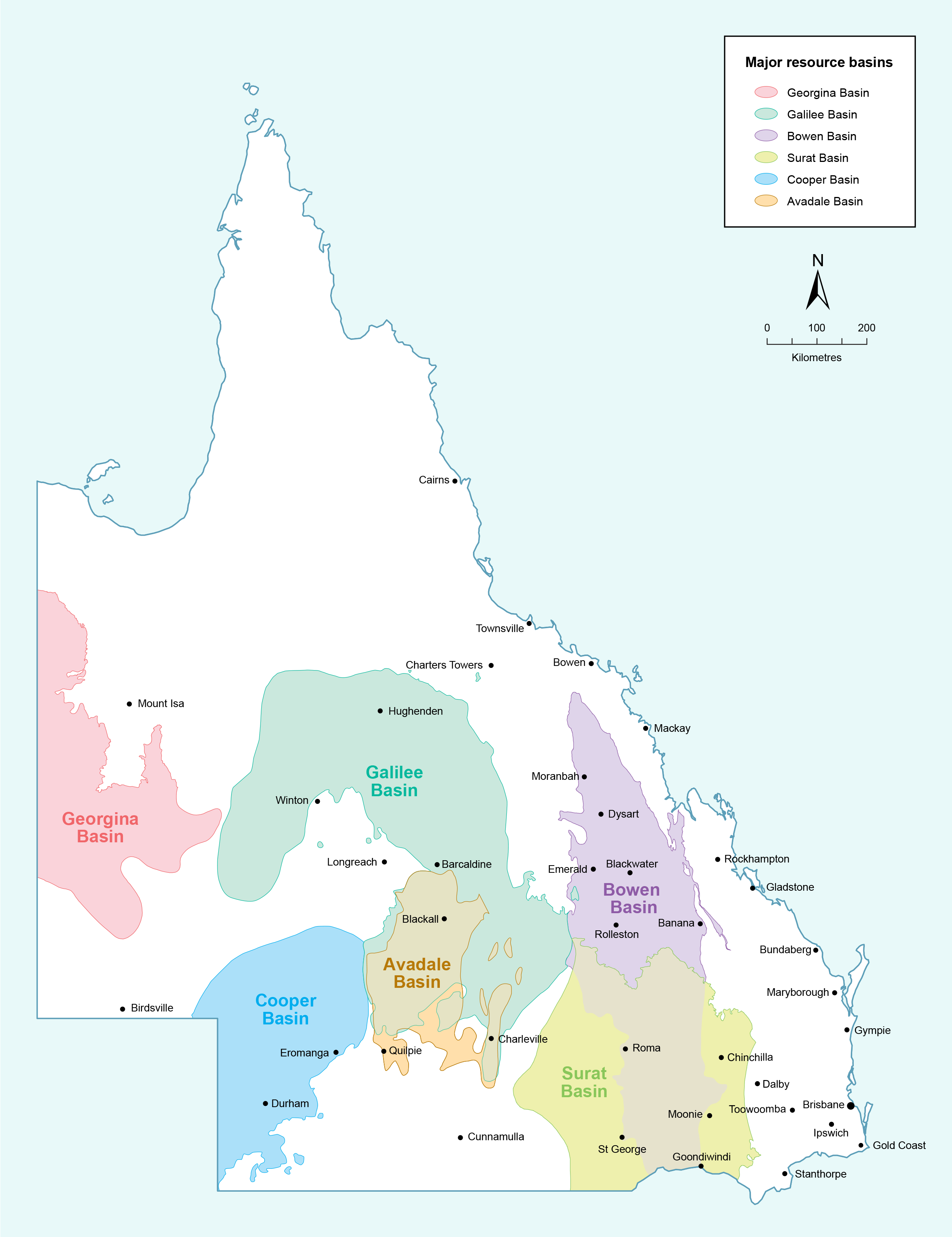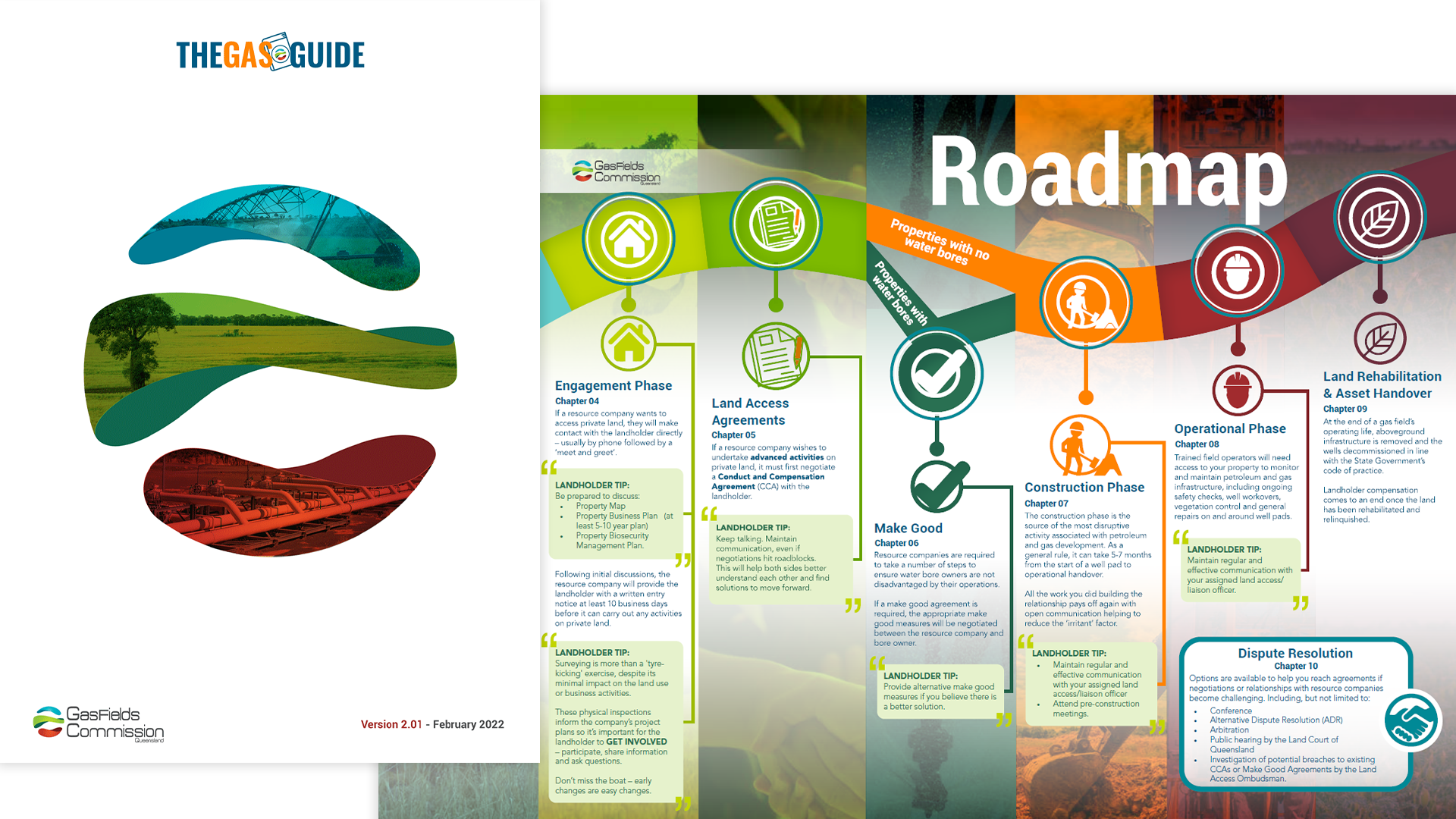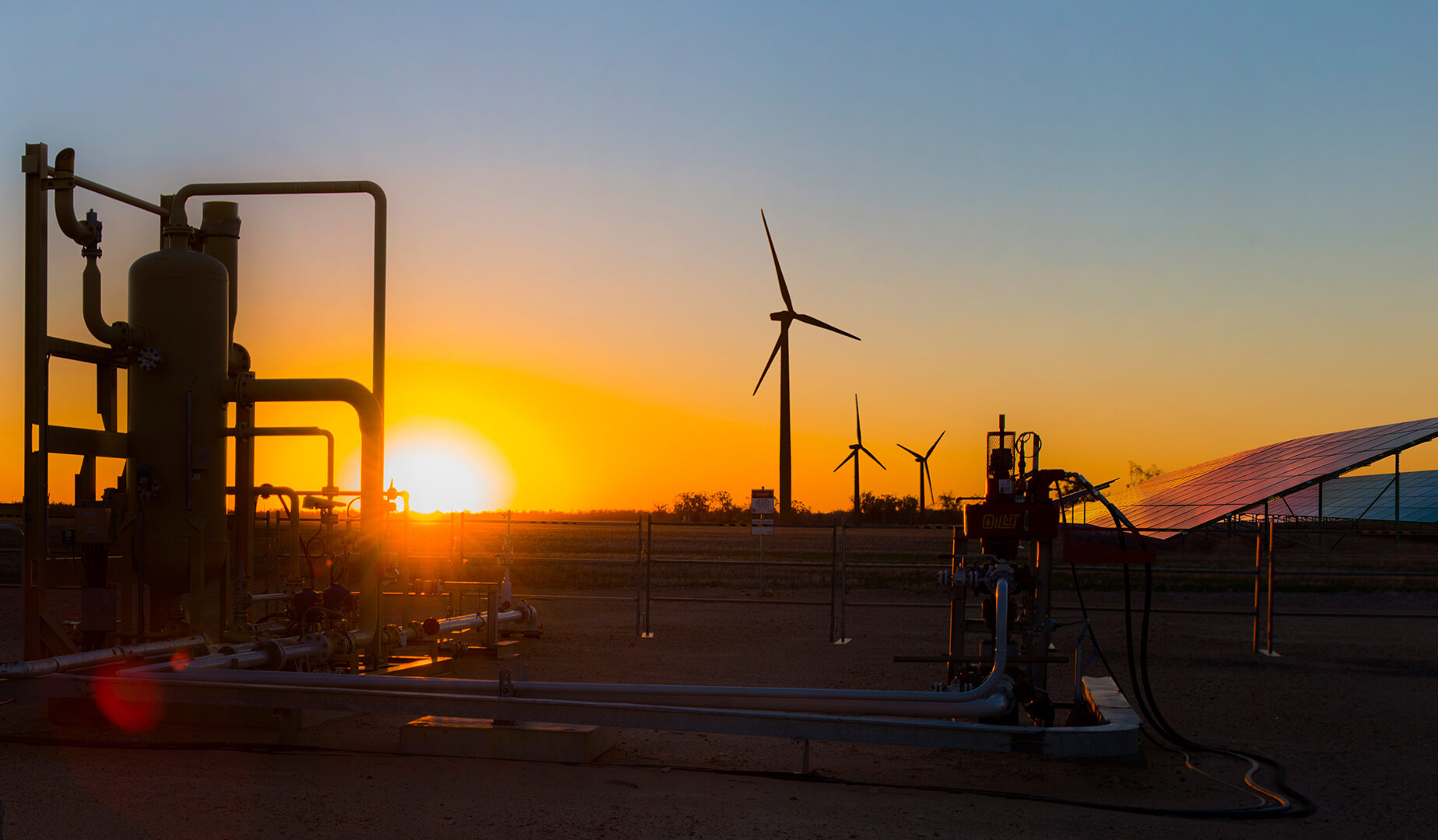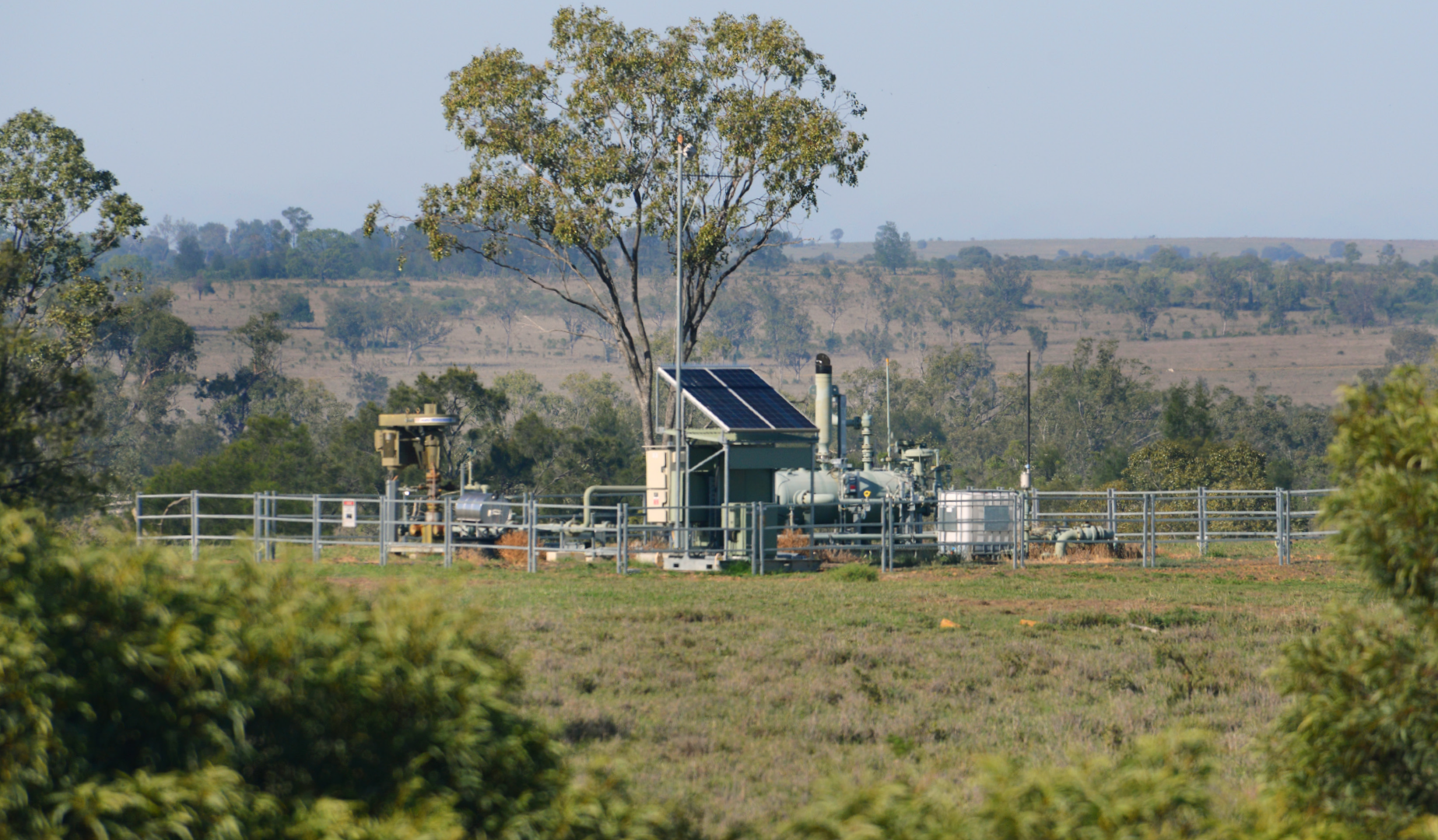Looking forward
The ongoing need for gas and land releases
There is little doubt that economies of the developed world are experiencing a rapid uptake of electrification and renewable energy into energy networks.
Despite the rapid uptake of renewable energy, experts such as the International Energy Agency are reporting that the rate of transformation to an electrified future cannot be supported by renewable energy alone. The use of gas as an energy source is one means of supporting this transition as we globally move to a renewable, low carbon emissions future. Therefore, the current forecasted demand for gas as part of the global energy mix will remain strong in the immediate term.
In addition – and closer to home – the Queensland Government’s Queensland Resources Industry Development Plan states that gas will continue to play its part to support the transition to a renewable energy future and would assist the stability and reliability of the electricity network.

As the industry matures and technology changes, new and emerging areas have the potential to become gas producing regions. These emerging areas are:
- Galilee Basin
- Adavale Basin
- Expansion of the Denison Trough (near Rolleston)
- Southern end of the Northern Bowen Basin (between Blackwater and Banana)
- Tight gas reserves in the Taroom Trough (between Moonie and Roma).
In addition to the emerging areas, the Queensland Government has released areas for tenure via a competitive tender process where there has been very little gas activity. These areas can be referred to as frontier basins and include:
- The South Nicholson Basin (which forms part of the Isa Super Basin)
- Millungra Basin
During the land release process, the Department of Resources engages with directly affected landholders and notifies them of the land release, when the tender process opens and closes, and whether the area was awarded or not.
For more information
Download the The Gas Guide and refer to Chapter 3: Exploration Phase

Land release process

Breakdown of tender releases by release period

Australian market supply condition – domestic gas
Under the Petroleum and Gas (Production and Safety) Act 2004, the Australian Market Supply Condition is a condition imposed on certain petroleum and gas tenures in Queensland, that requires the holder of the tenure to supply any produced gas to the Australian market.
Not long after the LNG facilities on Curtis Island commenced full production, industrial consumers of gas in the east coast gas market raised concerns that they were unable to secure contracted gas at commercially viable terms and price. In response to these concerns, in February 2017, the Queensland Government released its first tender of petroleum land that had the Australian Market Supply Condition attached.
The release of the 58 km² area in the Surat Fairway was considered a ‘pilot’ to test the policy objectives. The preferred tenderer was awarded the area in September 2017 and gas has since been produced and is currently being supplied to manufacturing and industrial consumers to produce everyday products such as house bricks, glass bottles and cardboard packaging.
Since this initial award, a further 9,147 km² of land has been awarded with the Australian Market Supply Condition attached – this equates to approximately 46% of all petroleum exploration land awarded since 2017.
In 2020, the Queensland Government conducted a Review of the Australian Market Supply Condition to test the condition’s effectiveness and to determine if the policy objectives were being met. Overall, the review found that the Australian Market Supply Condition has not hindered investment in the gas industry while gas prices for the Australian market and LNG net back are similar, and it is generally accepted by the gas industry and industrial gas users.
Conclusion
The gas industry in Queensland is not new, with commercial operations being developed since the 1960s in the Cooper Basin and Moonie oil fields, followed by the emergence of the CSG to LNG sector in Queensland, approximately 10 to 15 years ago.
The early years of CSG development were marked by tensions and friction between landholders, the community and the gas sector. Whilst some concerns remain today, as the gas industry has developed and matured over time, with a working coexistence practice has become embedded in regional communities that host gas activities.
A practice of coexistence is built, developed and sustained over time by the collaboration and trust between all the stakeholders. The coexistence model in Queensland has been built on these foundations.
However, it is a model that remains fragile and requires ongoing enhancement and management to be sustained. All stakeholders need to continue to invest in their coexistence relationships, including the resources industry, landholders and host communities.
Coexistence is not a ‘set and forget’ concept, rather it is a practice that requires constant attention. While many of the concerns of the past have been addressed, some concerns remain. Engagement, communication and education are important tools to foster coexistence, however relationships built on trust and transparency are critical attributes to realising a sustainable coexistence in host communities.
In areas where the gas industry already operates, the coexistence model can be enhanced further. There is growing evidence that the coexistence of communities and the petroleum sector is maturing to partnership rather than a relationship where one party benefits to the detriment of the other. The development and maturing of partnerships between all of the stakeholders can only be seen as a benefit.
Find out more
For additional information, insights and data, please download a PDF.
📄
Download topic PDF
Looking forward
📑
Download full report PDF
Shared Landscapes – Industry Trends

